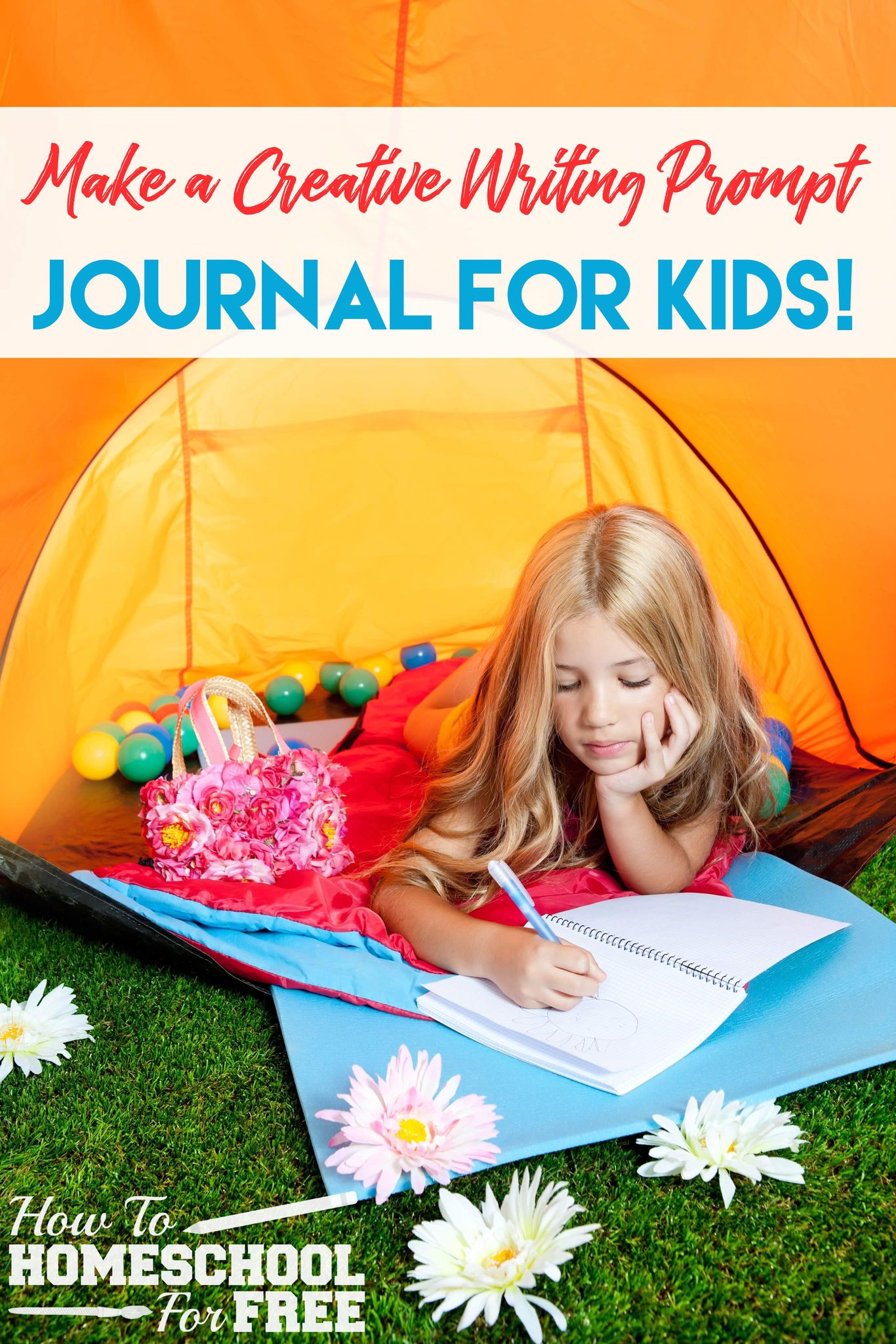
Looking for a fun and educational activity to add to your homeschool’s Thanksgiving celebrations? This Thanksgiving Word Search Printable is the perfect way to keep kids engaged while reinforcing vocabulary and holiday-themed learning.
This free printable is easy to use and great for kids of all ages. It’s perfect for quiet time, a break between lessons, or as part of a larger Thanksgiving unit study.
Download the Thanksgiving Word Search Printable Here!
Why Use a Word Search in Your Homeschool?
Word searches are more than just fun—they also:
- Improve Vocabulary: Introduce or reinforce Thanksgiving-related words.
- Boost Focus and Concentration: Searching for words helps kids practice attention to detail.
- Enhance Spelling Skills: Recognizing and spelling themed words supports literacy development.
How to Use the Thanksgiving Word Search
- Download the Printable: Click the link below to get your free word search PDF.
- Print it Out: Print as many copies as you need for your homeschoolers or co-op group.
- Start the Search: Kids can circle or highlight the words as they find them.
- Extend the Learning: After completing the word search, discuss the significance of each word and how it relates to Thanksgiving.
***And make sure to join our How to Homeschool for Free Facebook Support Group for daily help, freebies, encouragement, and more in your homeschooling journey!***
























